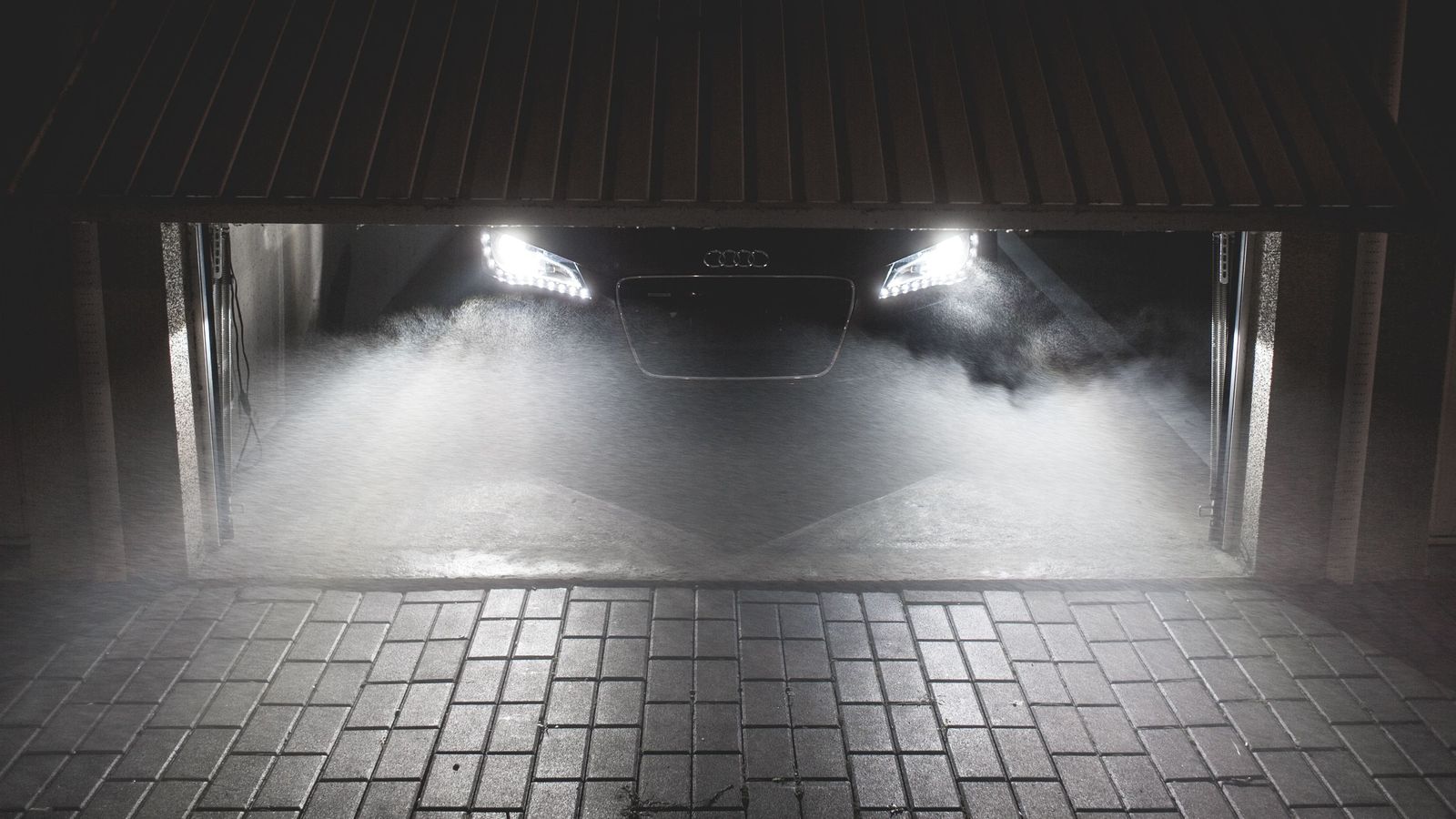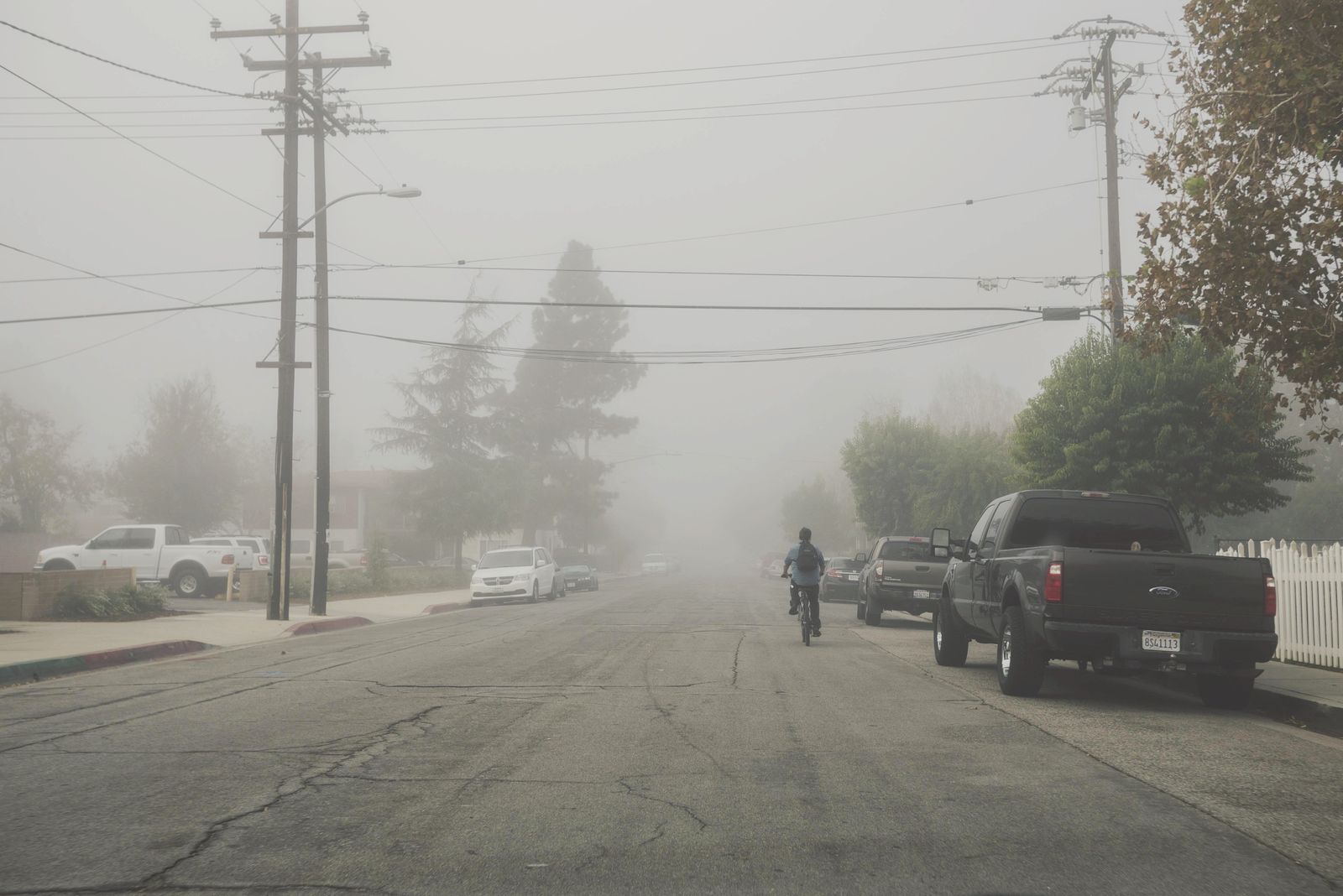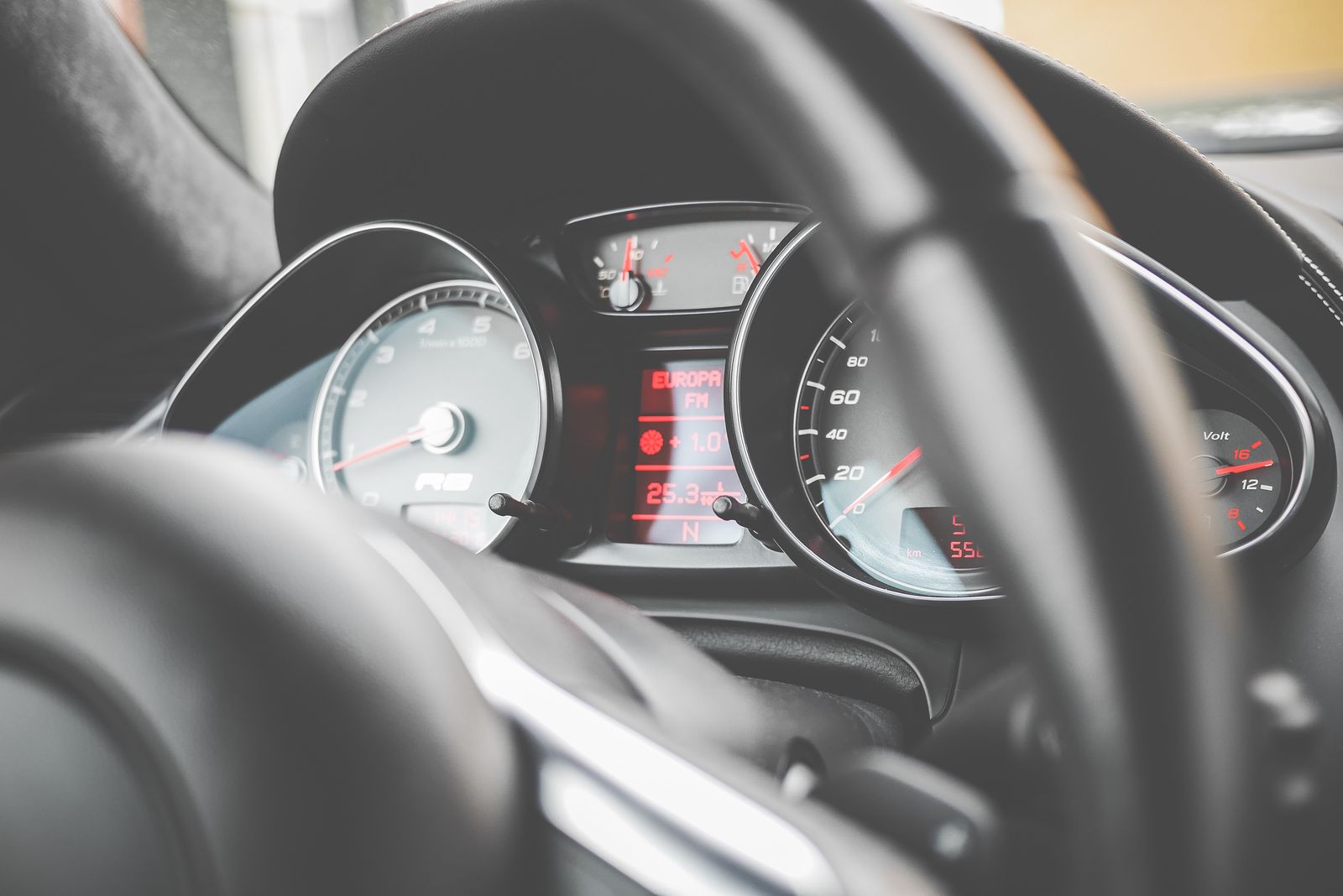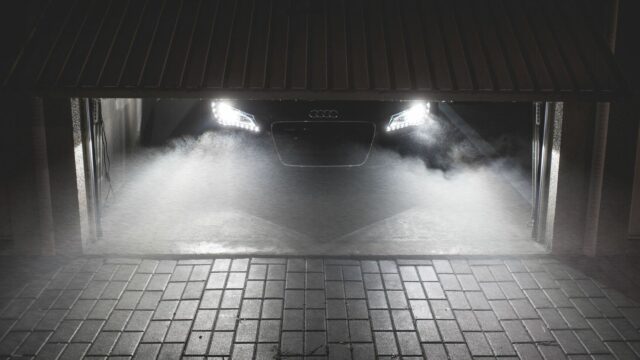You are welcome






Fog – with its many types – adds another weapon to Mother Nature's potential car-wrecking arsenal, besides the usual suspects like ice, snow, and rain.
Therefore, it's essential and sometimes vital to know how to respond to fog on the road.
While most of the advice below comes from pure common sense, we consider that a reminder of how to stay safe in foggy conditions will ultimately benefit each and every one of you.
#1 Slow down after you've checked your mirrors
Would you run blindfolded down an alley? Of course not. It goes the same with driving on a foggy road. Slowing down as you run through a wall of fog is not just for rookies. Plus, a quick mirror inspection will let you know if those behind you are doing the same.
Also, using the right-hand side road markings and pavement line as guidance helps.

Considering fog's erratic appearance pattern, reducing speed is one of the best options you've got, together with properly using your car's headlights.
But again, don't jump on the brakes, just get off the gas pedal and let the car slow down to a safe speed. You'll also want to keep an eye on your speedometer since the lack of visibility hides any reference points.
#2 Stop the car, if possible
Ideally, if fog thickness is dangerously high, you're better off in a parking lot or gas station. But since those are hard to come by in foggy conditions, make sure you pull over as far as you can on the right side of the road (or in the emergency lane of a highway).

After doing so, don't forget to signal your presence by turning on the hazard lights.
#3 Make yourself visible to others
There's a reason why headlights, taillights, and foglights hold the 'light' root. Although it should go without saying, turn on those headlights and foglights but keep headlights on low beam.

A fog cloud contains small droplets of water which reflect intense light (aka your car's high beam function) back at your eyes, so instead of getting greater visibility, you'll lose the better part of it.
#4 Keep a safe distance from the cars in front
The worst thing you can do when passing through a foggy road section is driving like it's a bright day outside.
As a rule of the thumb (excluding highways), you should keep a count distance of three seconds from the car in front, provided the weather is not playing tricks. Don't change lanes unless you need to pull over and by all means, do not overpass.

With fog weighing in, you should at least double that time but nonetheless, never try to get out of a foggy mass by speeding. Again, it's common sense to stay alert to what is happening around you. Caution is the name of the game.
Moreover, remember you can rely on your hearing, so it's a good idea to roll down the windows – if the outside temperature allows it – and turn down or off the radio/music.
#5 Stay prepared
Again, the practice of a responsible driver. Start with the car: make sure your vehicle's braking, electric and mechanical systems are in working order. Even more, know your wheels and its limits.

Stay updated with the latest weather forecasts especially if you're traveling outside your usual commute route. During the cold season, your car should wear winter tires even if snow and ice are absent.
Below 7 degrees Celsius (44 Fahrenheit), a summer tire's grip level equal that of plastic, as rubber changes elasticity. The last thing you want is poor stopping credentials when you need them the most.
